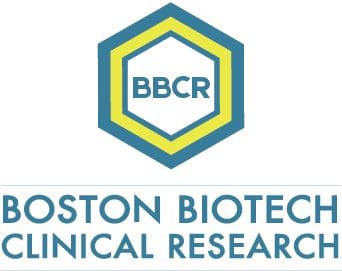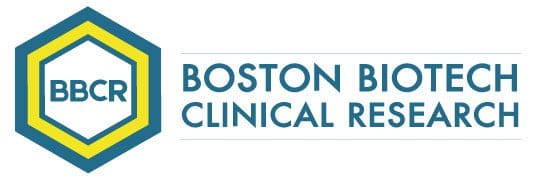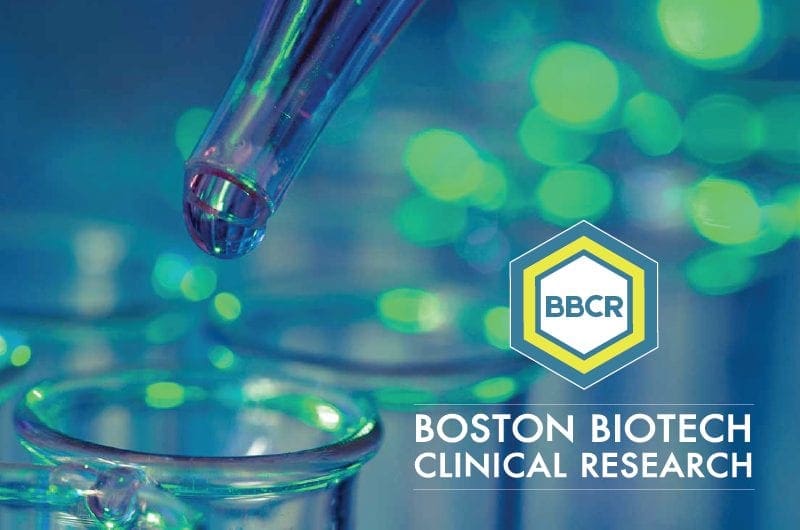We invite you to read some of our Case Studies below

Reduced Comparator High Cost for Biosimilars
PROJECT An executive at a pharmaceutical company asked BBCR to review its biosimilar pre-clinical data and prepare the IND package. In addition to evaluate the innovator approved indications to identify the fastest and less risky trial to NDA approval.
PROPOSAL The BBCR team suggested to engage the FDA in a pre-IND meeting to gain feedback on the preclinical data. In addition BBCR prioritized the therapeutic indications, in both oncology and autoimmune diseases, per the criteria including recruitment of target patients, trial duration, number of patients and cost of trial.
RESULTS After evaluating different the indications in which the innovator had been approved, the BBCR team suggested a phase 3 trial for adjuvant treatment and adoption of surrogate endpoint which as such world reduce number of patients to recruit, length of study, and study cost.

Fast Value Growth for Start-up in Ultra-rare Diseases
PROJECT A start-up biotech asked Dr. C. Fratazzi to act as a CMO and to BBCR to provide support with pre-IND clinical strategy for the three compounds in the pipeline each of which for the treatment of an ultra rare disease.
PROPOSAL Dr. Fratazzi and the BBCR team suggested to engage the FDA in pre-IND meetings to discuss pre-clinical data needed prior to FIM study and adoption of Real World Evidence (RWE) as a comparator arm for Phase III pivotal studies.
RESULTS The FDA approved the use of RWE to define the individual ultra rare disease Natural History to be adopted as comparator arm in the Phase 3 pivotal study. The start-up was sold, within 9 months from work start, for $ 26.6M plus.

505(b)(2) NDA Path and Improved Safety Profile in Liposome Reformulation
PROJECT A Pharma company, that had invested on developing liposome deliver systems for some specific oncology small molecules, contacted BBCR requesting support to:
- identify the regulatory path to approval
- evaluate if the new formulation would solve the safety concerns that limited the chemo-therapy market penetration
- prioritize the indications for which the originator molecule was approved both as first and second line therapy
- explore additional oncology indications
- evaluate study feasibility based on patient access and physician interest
- run a KOL advisory meeting
PROPOSAL BBCR reviewed the internal product development plan involving an innovator NDA and clinical trials in one of the indication in which the innovator product had been approved. We investigated the pharma team concern which rose from the feedback obtained from KOLs on patient recruitment, the uncertainty of the market share and complexity of regulatory path. we analyzed multiple indications compatible with the small molecule MOA and market analysis.
RESULTS Immediately the opportunity for the liposome pro-drug to satisfy the conditions for a repurposing 505(b)(2) NDA was identified. The pharma team recognized the benefit of a 505(b)(2) filing compare to a regular NDA one.BBCR team identify 2 indications in which the reformulated liposome product had opportunity to succeed in a head to head study design versus approved comparators. During the KOL meeting, patient availability, physician interest, opportunity of market penetration and ability to test the improved safety profile was confirmed.

Granted Orphan Status for a NSCLC Subpopulation
PROJECT CEO of a start-up called BBCR asking to support replay to OOPD questions and resubmission of orphan petition that was rejected twice. The product was a combination product to prevent recurrences in resected NSCLC patients. OOPD rejected the orphan petition twice due to lack of incidence and prevalence data for the targeted population.
PROPOSAL The task was challenging and BBCR team reviewed the petition with caution. In addition, OOPD had asked several questions targeted to circumscribe and limited the therapeutic device use outside the population included in the orphan petition. Available data of the incidence and prevalence of the NSCLC stages identified for the device therapeutic approach were analyzed, data were analyzed to address OOPD concerns and questions were answered with literature support.
RESULTS The BBCR team organized a call with OOPD to clarify the sponsor intension and rational. The Orphan petition was submitted for the third time and was approved with no additional questions.

Address Slow Enrollment in a Rare Disease Trial
PROJECT A large phase 3 in a rare disease was started to be an USA study only. The peculiarity was that the treating physicians were pulmonologists and study drug indication was pancreatic insufficiency. In addition, quite a number of competing studies were present at the USA sites. Patient enrollment was slow and didn’t look promising.
PROPOSAL Increase participating sites out side the USA. Evaluate EU and ROW sites interest, patients’ availability and study feasibility based on study regional diet. EU sites had low number of competitive trials, treated both adults and adolescent patients and had less diet variability with the USA sites and among them compared to ROW sites.
RESULTS Additional EU sites were identified and opened. These sites enrolled about 50% of total number of patients. Enrollment was completed about one week early that originally planned.

Biomarker Signature in Rheumatoid Arthritis MTX Responders
PROJECT One of the most important questions in threating physician mind is how to know which patient will respond to which drug in a given disease.
PROPOSAL Retrospective study in patients with early rheumatoid arthritis to identify a signature able to differentiate responder from no responder to methotrexate. Such a signature would allow for early treatment with biologics in patients not able to respond to first line treatment.
RESULTS the proposed retrospective study identified the first signature able to predict responders from no-responders RA patients. This is a milestone in precision medicine for RA. Results were published in J Transl Med. 2018; 16: 18. Published online 2018 Jan 29. doi: [10.1186/s12967-018-1387-9]

Strategy to Avoid Market “Me Too” in Rare Disease
PROJECT Develop the product avoiding a “me too” treatment in an orphan population when a very similar product had a market monopoly for 15 years.
PROPOSAL Created a clinical innovative strategy and trial designs that avoided the obvious head to head design, which would had required an unfeasible number of patients, and be at high risk to prove efficacy and safety in the rare disease population. The FDA at the IND meeting approved the proposed clinical plan with no modification.
RESULTS The proposed clinical plan was successful, and the product approved in many countries.
Carla Epps, M.D., MPH, FAAP, Medical Officer FDA/CDER/ONDon May 2011 summarized the clinical strategy stating:
- Well planned
- Clinically meaningful endpoints
- Each trial had a distinct purpose

Specializing in rare disease, Boston Biotech Clinical Research works with biotech, pharmaceutical, device companies and investors to streamline the clinical trial process. Our experienced team helps each client reach their specific goals by customizing a clinical and regulatory road map of simplified programs and streamlined protocols to meet our clients’ requirements.

